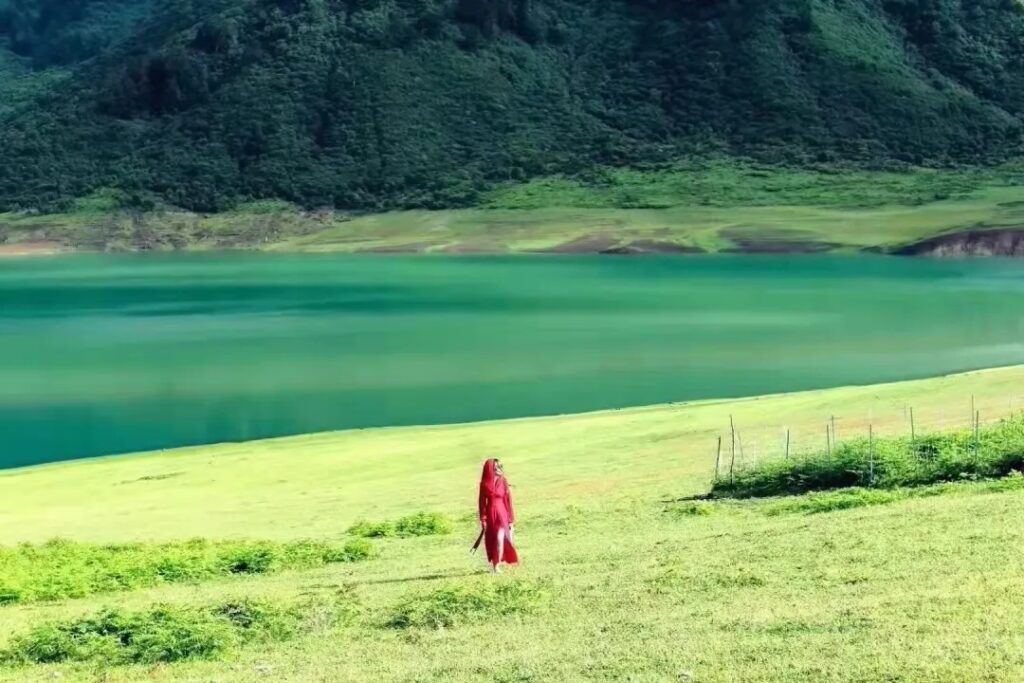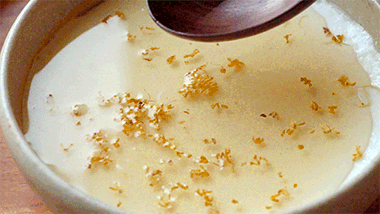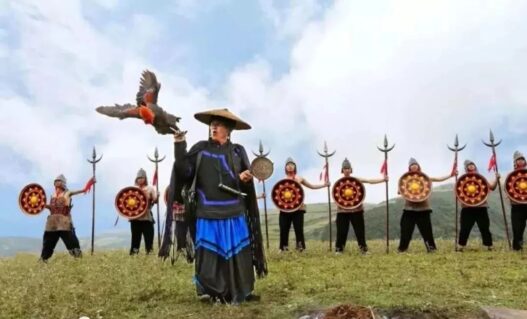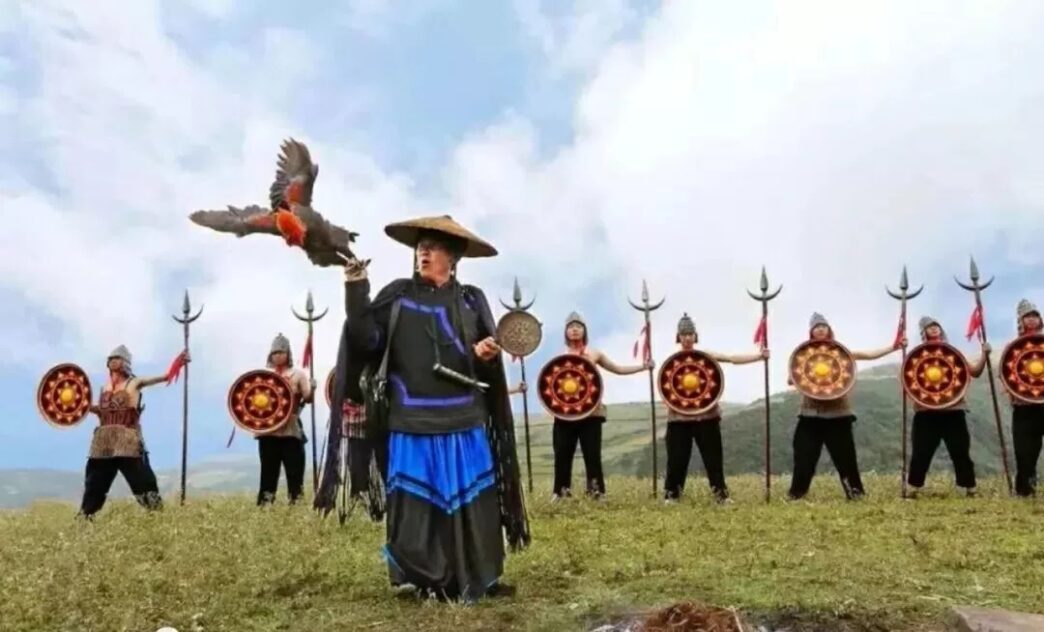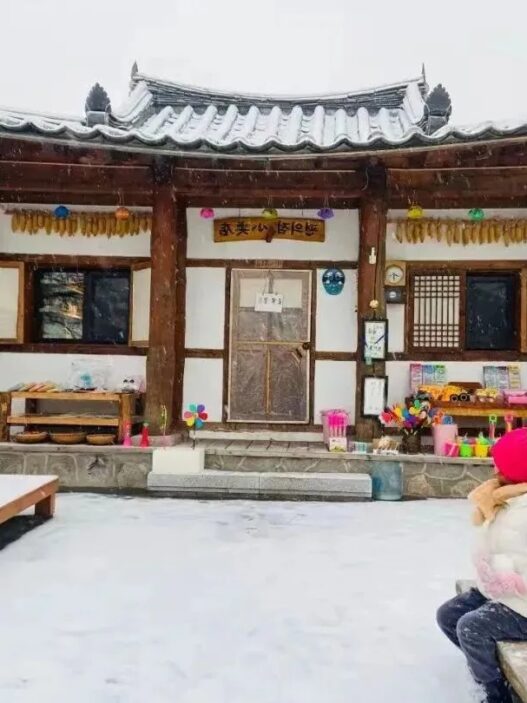Gokde Scenic Area: A Sanctuary in the Mountains
Nestled about 25 kilometers from Xichang, surrounded by towering mountains, lies the breathtaking Gokde Scenic Area, often referred to as the “Heart of the Greater Liangshan Yi Autonomous Prefecture“. This idyllic haven features majestic peaks, verdant forests, vibrant flowers, lush grasslands, shimmering lakes, and gurgling streams. It’s a place of rich culture and natural beauty.
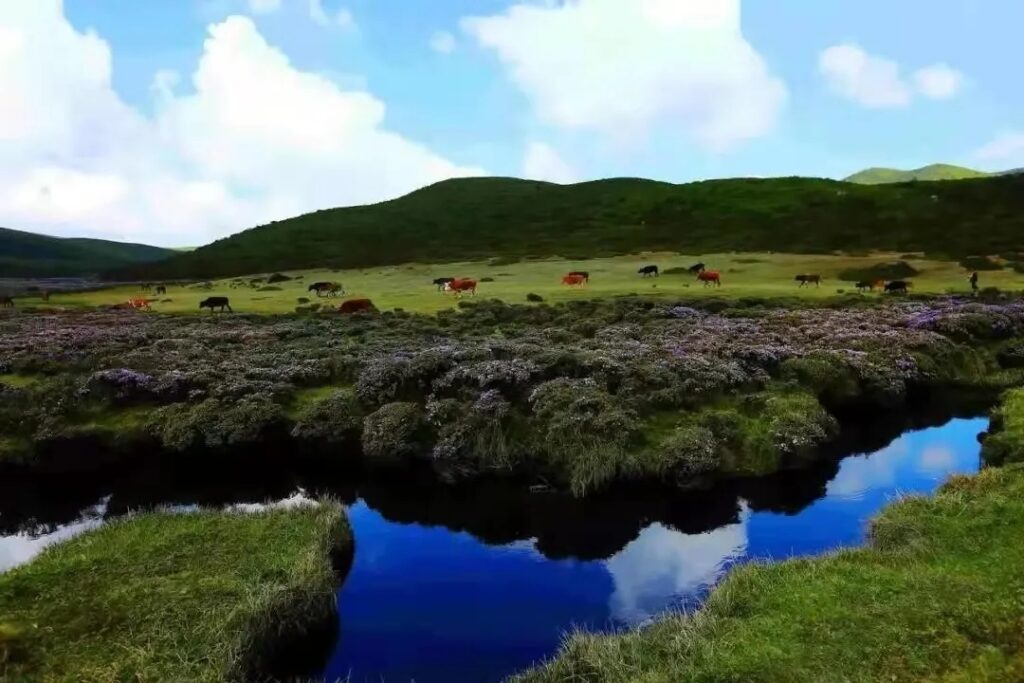
The Yi people, who have long revered the wild goose as a sacred creature, believe they are children of the sky, possessing divine qualities. This reverence is reflected in their proverb, “To harm a goose is to anger the heavens.”
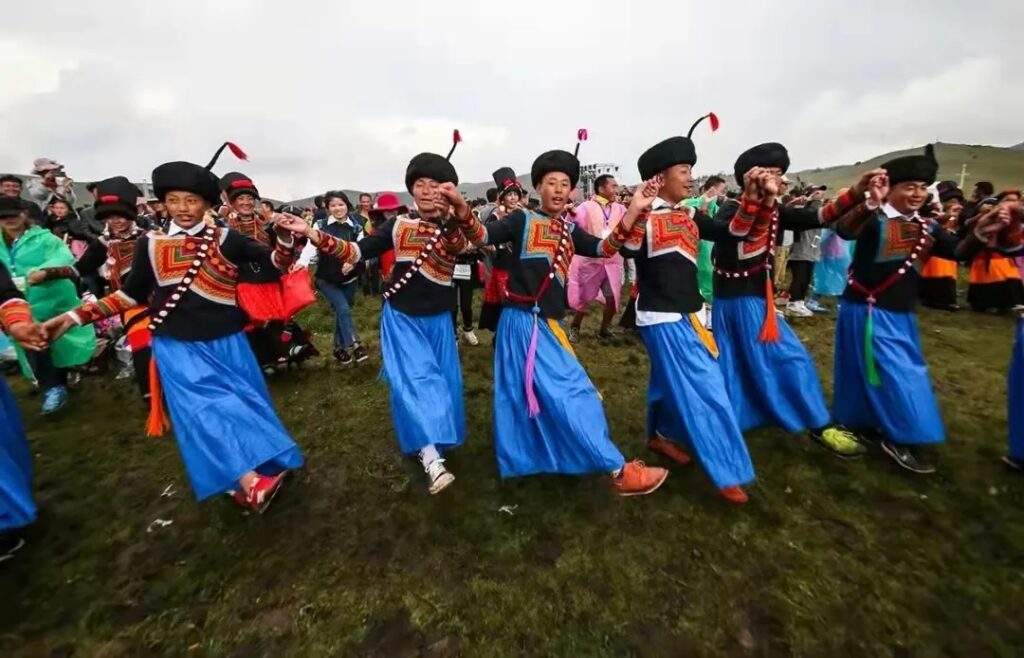
Boshwahei: Dragon and Snake Carvings on Rock
The Boshwahei Rock Carvings are ancient Yi religious relics from the Nanzhao and Dali Kingdoms of the Tang and Song Dynasties. In ancient times, the route from Sichuan to Yunnan passed through Boshwahei. The local Yi people revered this place as sacred, giving rise to many myths, legends, and taboos. Travelers often avoided it. Centuries of moss have helped preserve the rock carvings.
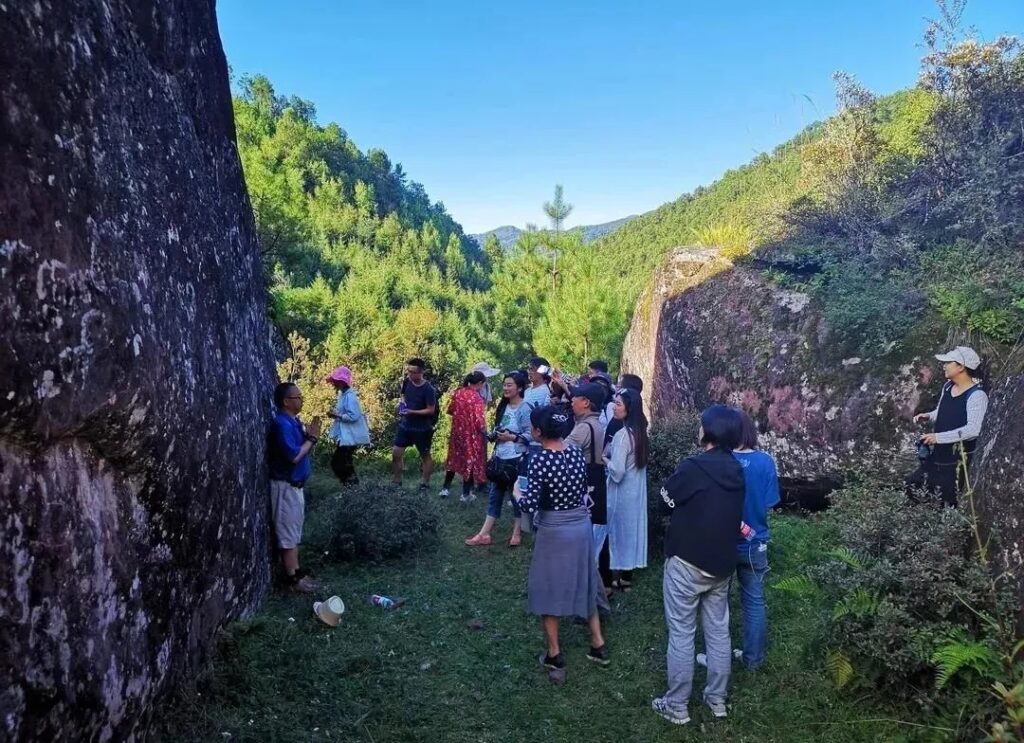
The Boshwahei carvings are spread across 16 large rocks, covering 440 square meters. Most carvings depict Buddhist images, including scenes from the Nanzhao and Dali Kingdoms, pagodas, and deities like Shakyamuni Buddha, Mahamayuri, Vairocana Buddha, Avalokiteśvara, and Manjushri. The carvings also feature animals such as qilin, rhinoceros, parrots, lions, dragons, eagles, oxen, horses, elephants, birds, dogs, and turtles. Notably, there are also depictions of a “King’s Journey” and a “Yi Bimo Invoking Spirits.”
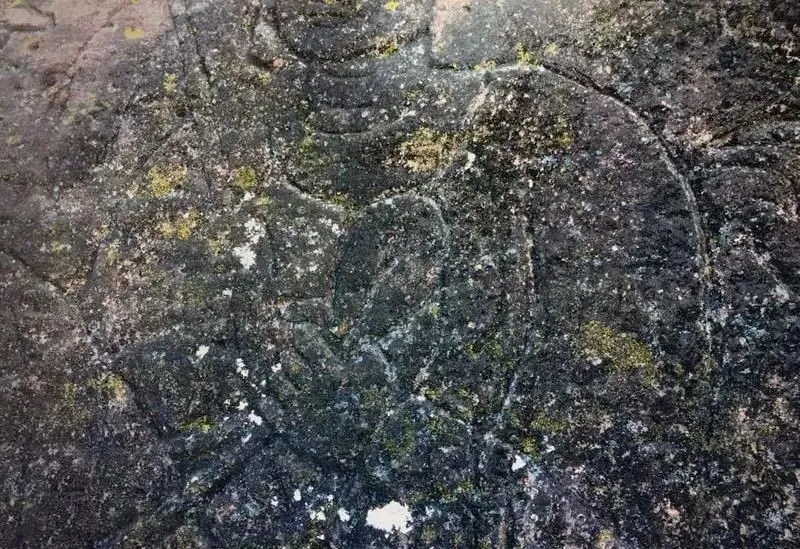
Bimo: Messengers of the Divine
“Bimo,” from the Yi language meaning “one who chants scriptures” or “knowledgeable elder,” refers to Yi priests. Bimo are believed to possess great power and knowledge, leading ceremonies, performing rituals, healing, and practicing divination. They play a vital role in Yi life events like birth, marriage, death, illness, festivals, hunting, and planting. Holding both spiritual and cultural authority, Bimo bridge the realms of gods and humans, acting as intellectuals, protectors, and cultural carriers.
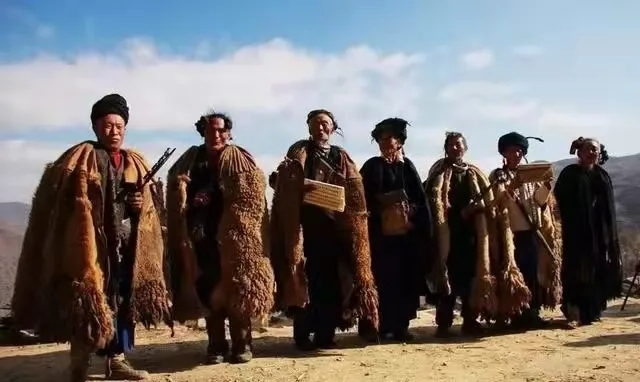
In the Liangshan region, every Yi household holds at least three medium-sized ceremonies led by the Bimo each year. When performing rituals, Bimo wear ceremonial attire, including a hat, robe, and carrying ritual fans or bells, appearing taller and more majestic than usual. Their chants combine Yi folk literature and music, using a range of tones from simple and sincere to fearful, high-pitched, or low, creating a mysterious and awe-inspiring experience.
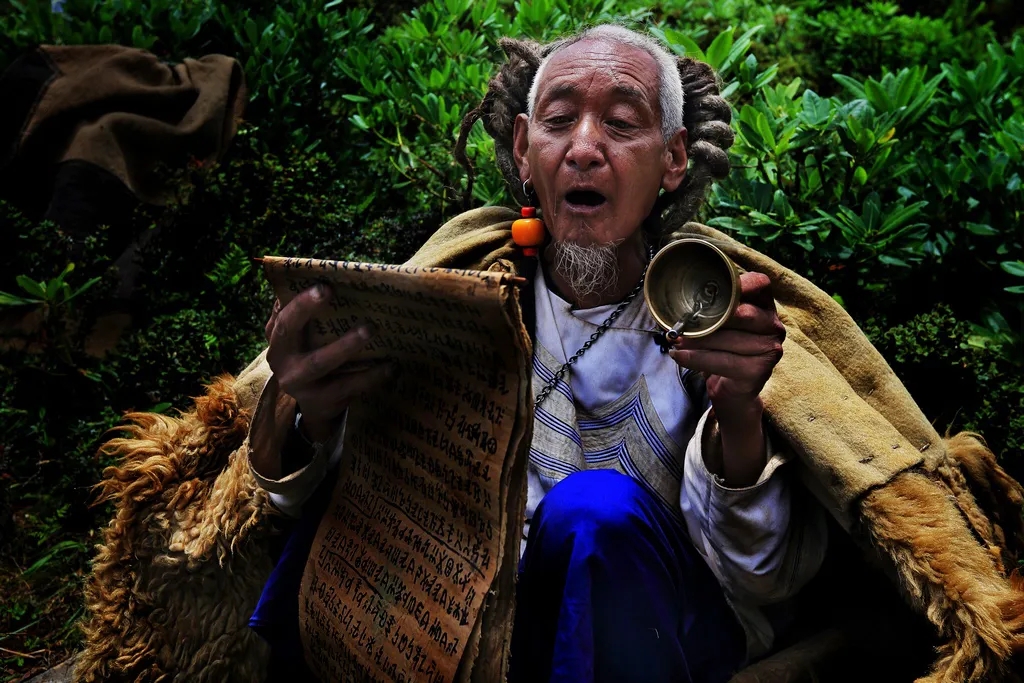
Yele Lake: The “Little Switzerland” of the East
Yele Lake (or Yele Reservoir) is located in Yele Township, Mianning County, Sichuan, at over 2,600 meters above sea level. Surrounded by remote mountains and the Yi people, the lake remains pristine due to limited tourism. It was featured in the TV series Yi Hai Jie Meng and Suo Ma Hua Kai, highlighting its unique charm. Even the quietest whispers echo across its calm, crystal-clear waters, reflecting the surrounding peaks.

